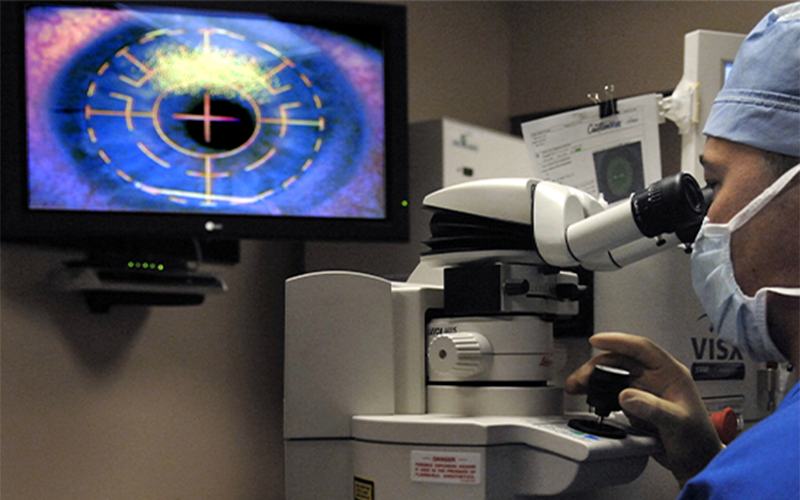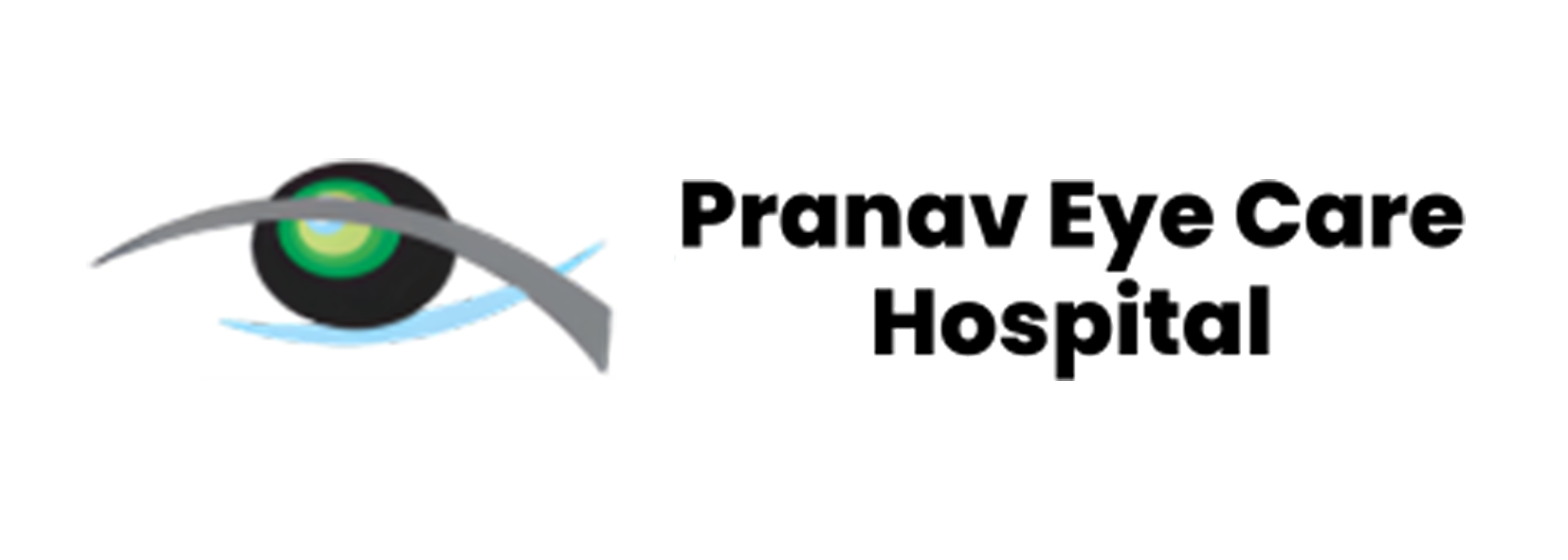
Correcting Vision with Refractive Surgery
Glasses or contact lenses are commonly used to correct blurry vision caused by refractive errors, where the eye’s focusing power does not produce a clear image. Advanced surgical options, such as excimer laser refractive surgery, reshape the cornea to adjust its focusing ability. In some cases, lens surgery may offer a similar correction.
Refractive surgery is ideal for individuals with vision issues like nearsightedness (myopia), farsightedness (hyperopia), astigmatism, or presbyopia. These procedures enhance or correct vision by altering the shape of the cornea, the transparent, dome-shaped surface at the front of the eye. Certain methods involve implanting a lens within the eye.
The most popular refractive surgery is LASIK (laser-assisted in situ keratomileusis), which uses laser technology to precisely reshape the cornea for clearer vision.
LASIK
Overview
LASIK (Laser-Assisted In Situ Keratomileusis) is a popular outpatient procedure designed to correct nearsightedness, farsightedness, and astigmatism. However, it does not address presbyopia, the age-related condition that affects near vision and close-up focusing ability.
During LASIK, an ophthalmologist uses a specialized laser to reshape the cornea, the clear front layer of the eye. This adjustment enhances how light rays are focused onto the retina at the back of the eye, resulting in clearer vision.
Qualifying for surgery
Suitable for treatment
- Age 21 years or over
- Stable prescription i.e. less than 0.5D change over the preceding 2-3 years
- Healthy eyes
- Good general health
- People with reasonable expectations
Unsuitable for treatment
- Age Under 21: Patients younger than 21 years.
- Prescription Changes: Significant changes in vision prescription (≥0.5D) over the past 2–3 years.
- Pregnancy or Breastfeeding: Hormonal changes during these periods may affect vision stability.
- Eye Conditions: Severe keratoconus, cataracts, glaucoma, or a history of herpes eye infections. These require further consultation with a surgeon.
- Medications: Use of certain prescription drugs like oral steroids.
- Medical Conditions: Conditions such as diabetes, rheumatoid arthritis, or systemic lupus erythematosus may affect suitability and should be thoroughly discussed with your surgeon.
Assessment
Before scheduling surgery, patients will undergo a thorough evaluation to confirm their suitability. This assessment includes:
- Detailed medical and ocular history
- Refraction testing
- Wavefront aberrometry
- Keratometry (measuring corneal curvature)
- Corneal thickness measurement
- Slit-lamp examination
- Dilated fundoscopy
The procedure
In LASIK surgery, an ophthalmologist creates a thin flap in the cornea using either a blade or a laser. The flap is carefully lifted, and an excimer laser is used to remove a precise amount of corneal tissue underneath. The flap is then repositioned, allowing it to heal naturally.
LASIK is performed as an outpatient procedure under local anesthesia, typically at specialized centers. It can be done on one or both eyes (unilateral or bilateral). After the procedure, patients are prescribed prophylactic antibiotics and advised not to drive home. They are also encouraged to wear sunglasses to manage mild, temporary sensitivity to light. Recovery time varies, ranging from a few days to a few weeks, depending on the type of procedure and whether one or both eyes were treated.
Outcomes: general points common to all procedures
It's crucial for anyone considering LASIK to have realistic expectations. While LASIK helps many people perform daily tasks without corrective lenses, it's important to understand that achieving perfect vision and complete freedom from eyeglasses or contact lenses is not always guaranteed. Most people will eventually need reading glasses in their 40s or 50s due to presbyopia, an age-related condition that affects near vision.


